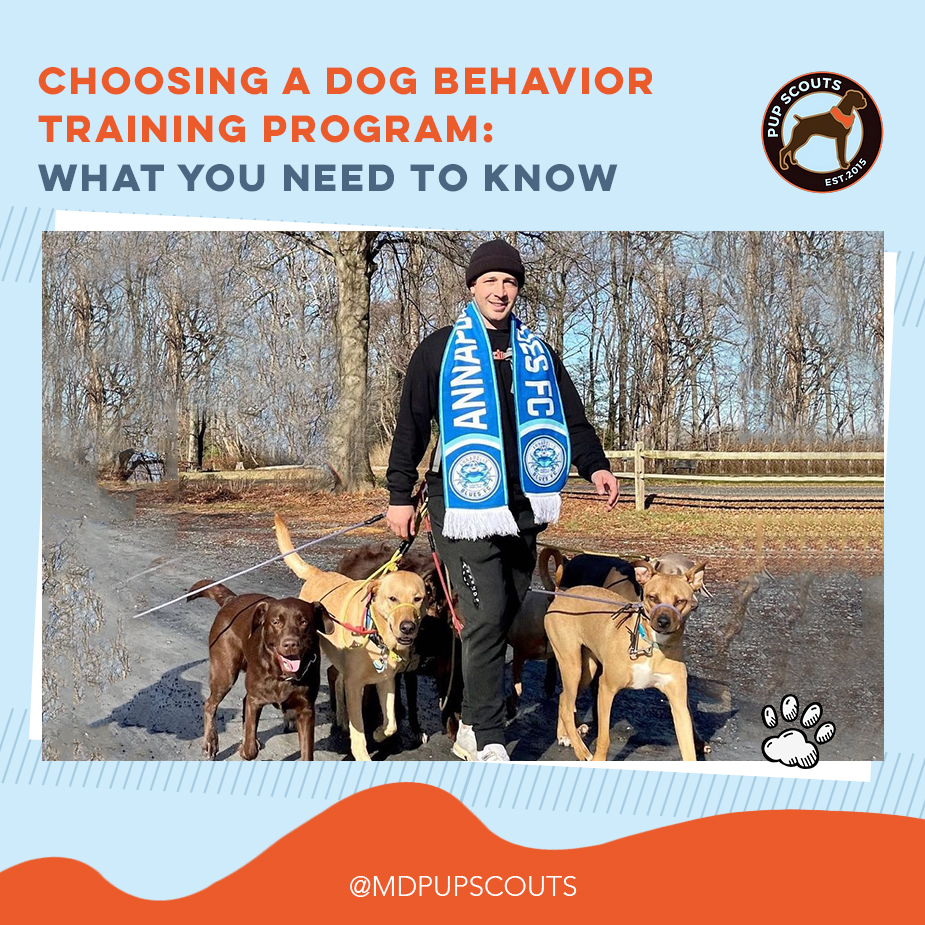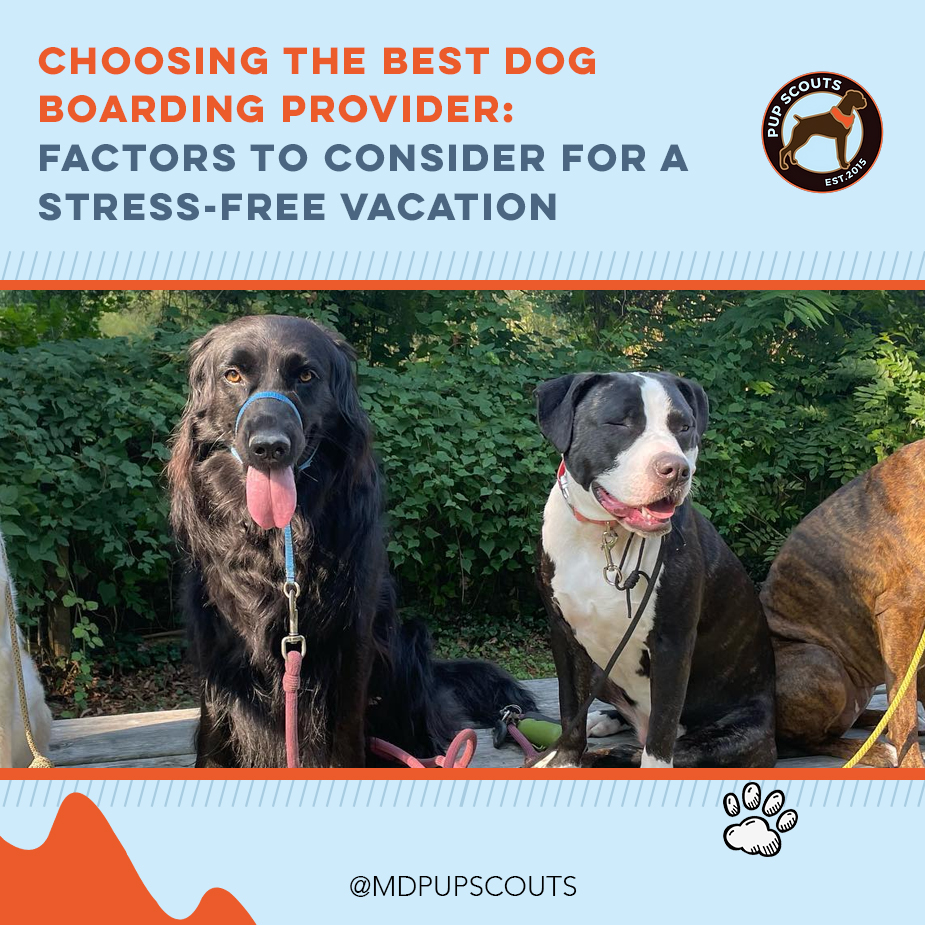
Bringing a dog into your life can be a wonderful experience. He can provide companionship and love and becomes a part of the family. However, as much as we love our furry friends, they can sometimes exhibit unwanted behaviors. Dogs, like humans, can have their personalities and tendencies, and sometimes these tendencies can manifest in unnecessary barking, biting, chewing, and even aggression. It is where dog behavior training comes in.
A good dog behavior training program can help correct these unwanted behaviors and turn your dog into a well-behaved and obedient companion. But with so many options available, choosing the right program for your dog can be challenging. In this article, we will look at what you need to consider when selecting a dog behavior training program.
Understand Your Dog’s Behavior Issues
Before choosing a dog behavior training program, it is essential to understand what behavior issues your dog is exhibiting. What kind of behavior are you trying to correct or prevent? Does your dog have any specific fears or anxieties? Are there any specific triggers that set off your dog’s unwanted behavior?
Different programs cater to different behaviors, and identifying your dog’s problem will help you narrow your options. For example, if your dog has aggressive tendencies, a program focusing on obedience training might not be the right choice. Instead, you’ll need a program that addresses aggression.
Evaluate the Training Methods
The training method used by a program is another critical factor to consider. There are various programs available, including:
Positive Reinforcement Training – Focuses on rewarding your dog for good behavior, rather than punishing him for bad behavior.
Clicker Training – A positive reinforcement training that uses a clicking sound to mark the desired behavior.
Traditional Training – Uses punishment to correct unwanted behavior.
Board and Train Programs – These programs need you to send your dog away to a training facility for a fixed period.
While aversive techniques like shock collars or prong collars designed to punish unwanted behavior may sometimes work, they can be harmful and even traumatizing to your dog. Positive reinforcement techniques are more effective, humane, and less stressful for your dog.
Consider the Trainer’s Credentials and Experience
The trainer’s credentials and experience are also crucial when choosing a dog behavior training program. Look for trainers certified by reputable organizations such as the Association of Professional Dog Trainers (APDT). The certification ensures that the trainer has undergone the necessary education and training to provide effective and humane behavior modification.
Experienced trainers with years of experience in the field are more likely to have dealt with various behavior issues and better understand how to modify your dog’s behavior effectively.
Look for Customizable Programs
Every dog is unique and has different behavior issues. Look for a training program that can be customized to suit your dog’s individual needs. A customizable program will address your dog’s specific behavior issues and provide a tailored solution that works best for your dog.
Visit the Training Facility
Before enrolling your dog in a behavior training program, visit the training facility in person. It will allow you to observe the trainer’s methods and interact with other dogs and their owners.
Look for a training facility that is clean, organized, and safe. You should also look for a facility with positive reinforcement training methods and experienced and certified trainers.
Consider Group vs Individual Training
Group training and individual training both have their benefits and drawbacks. Group training provides a socialization aspect that can be beneficial for some dogs. It can also be more cost-effective.
However, individual training might be the better option if your dog has severe behavior issues. It allows for one-on-one attention and a more personalized training program.
Read Reviews and Ask for Referrals
Reading reviews and asking for referrals is an excellent way to get an idea of the quality of a dog behavior training program.
Look for reviews from previous clients and check out the trainer’s website and social media pages for testimonials. Asking for referrals from friends, family, or your veterinarian is also a great way to find a reputable trainer.
Choosing the right dog behavior training program can make all the difference in transforming your dog into a well-behaved companion.
By taking the time to research and choose the right program for your dog, you’ll be setting yourself up for success in correcting your dog’s unwanted behaviors and fostering a stronger bond with your furry friend.
With our professional services, you can train your dog in a way that suits his unique personality and needs. If you need help with dog obedience training in Arnold, our expert dog trainers at MD Pup Scouts are here to help. Our services are available at various locations in Maryland.
Contact us at any time at (410) 324-6835 or mail us at hello@mdpupscouts.com.
Frequently Asked Questions
Q: Why is dog behavior training important?
Dog behavior training is important because it helps dogs learn acceptable behavior and manners, ultimately leading to a healthier relationship between the dog and its owner. It can also help prevent behavioral problems due to a lack of training.
Q: What should I look for in a dog behavior training program?
When looking for a dog behavior training program, looking for a qualified and experienced trainer who uses positive reinforcement techniques is important. The trainer should tailor the program to your dog’s needs and include ongoing support for you and your dog.
Q: What are some common dog behavior problems that can be addressed with training?
Excessive barking, chewing, digging, jumping, aggression, separation anxiety, and leash pulling are common dog behavior problems that training can address.
Q: How long does it take to train a dog?
The time it takes to train a dog depends on various factors, such as the dog’s age, breed, temperament, and behavior issues being addressed. Some dogs may require only a few weeks of training, while others may need several months of consistent training.
Q: Are there different types of dog behavior training programs?
Yes, dog behavior training programs include obedience training, behavioral modification, and agility training. Each program addresses specific behavioral issues and improves the dog’s overall behavior.
Q: How do I know if a dog behavior training program is right for my dog?
You can determine if a dog behavior training program is right for your dog by researching the program and trainer, asking for recommendations, and scheduling a consultation to discuss your dog’s needs and behavior issues. The trainer should also be able to provide ongoing support and guidance throughout the training process.
If you have any other queries regarding dog behavior training/dog obedience training, ask us in the comment box below, and we will answer them as soon as possible. Thank you.



